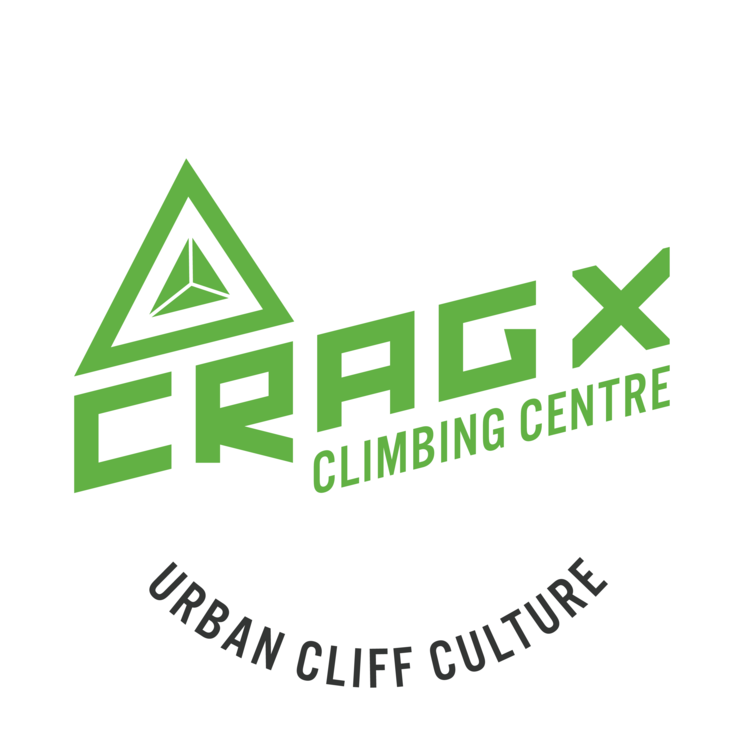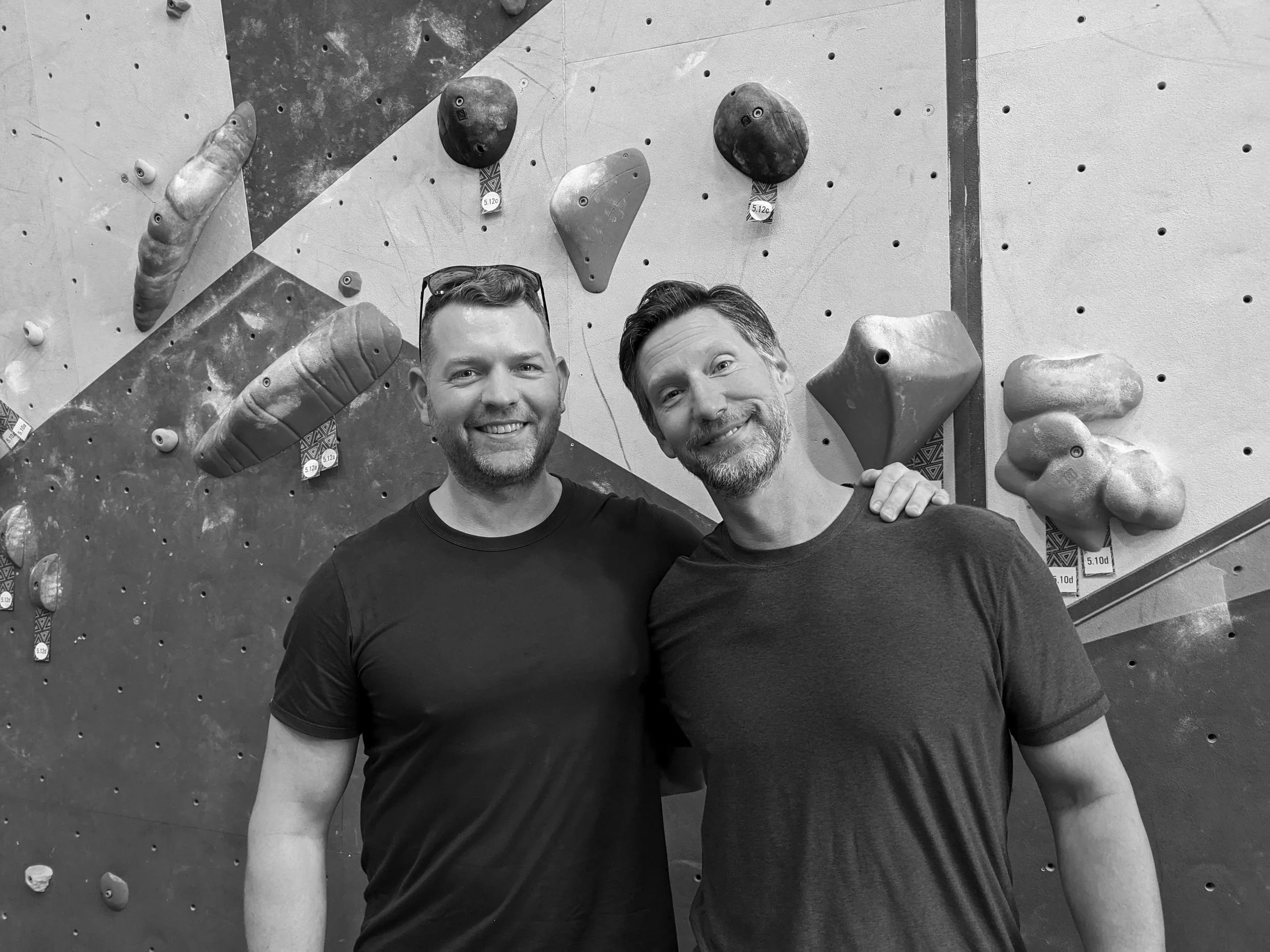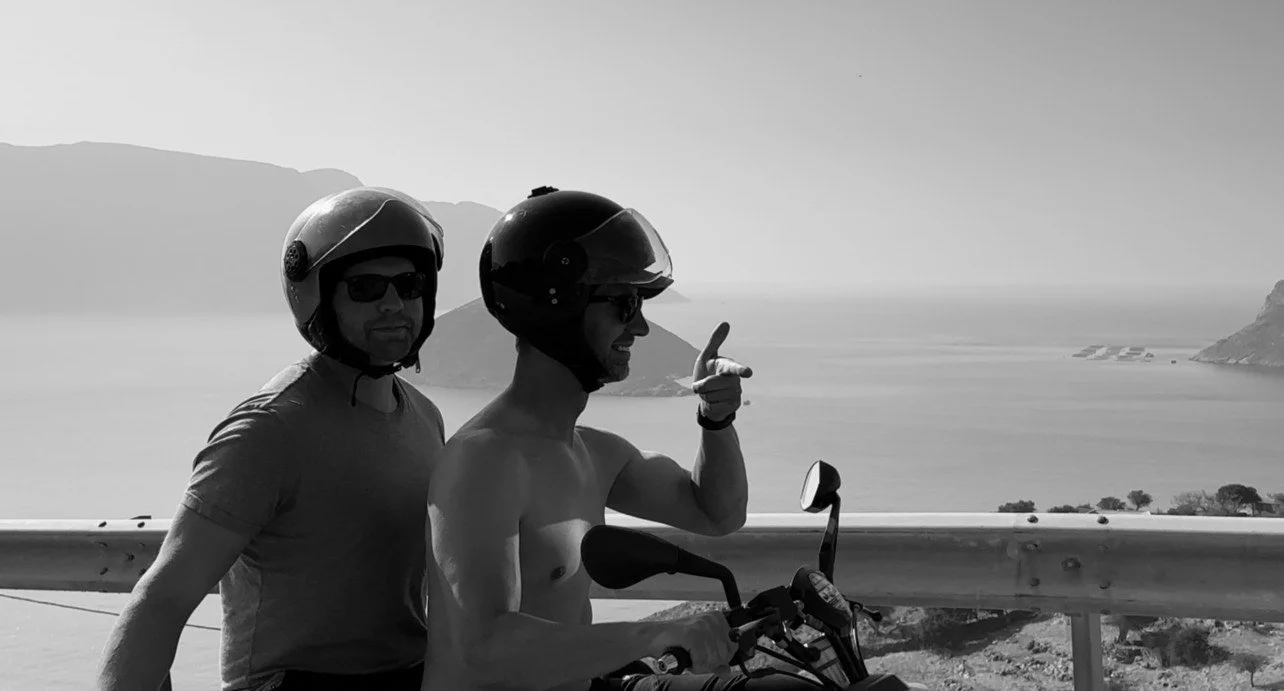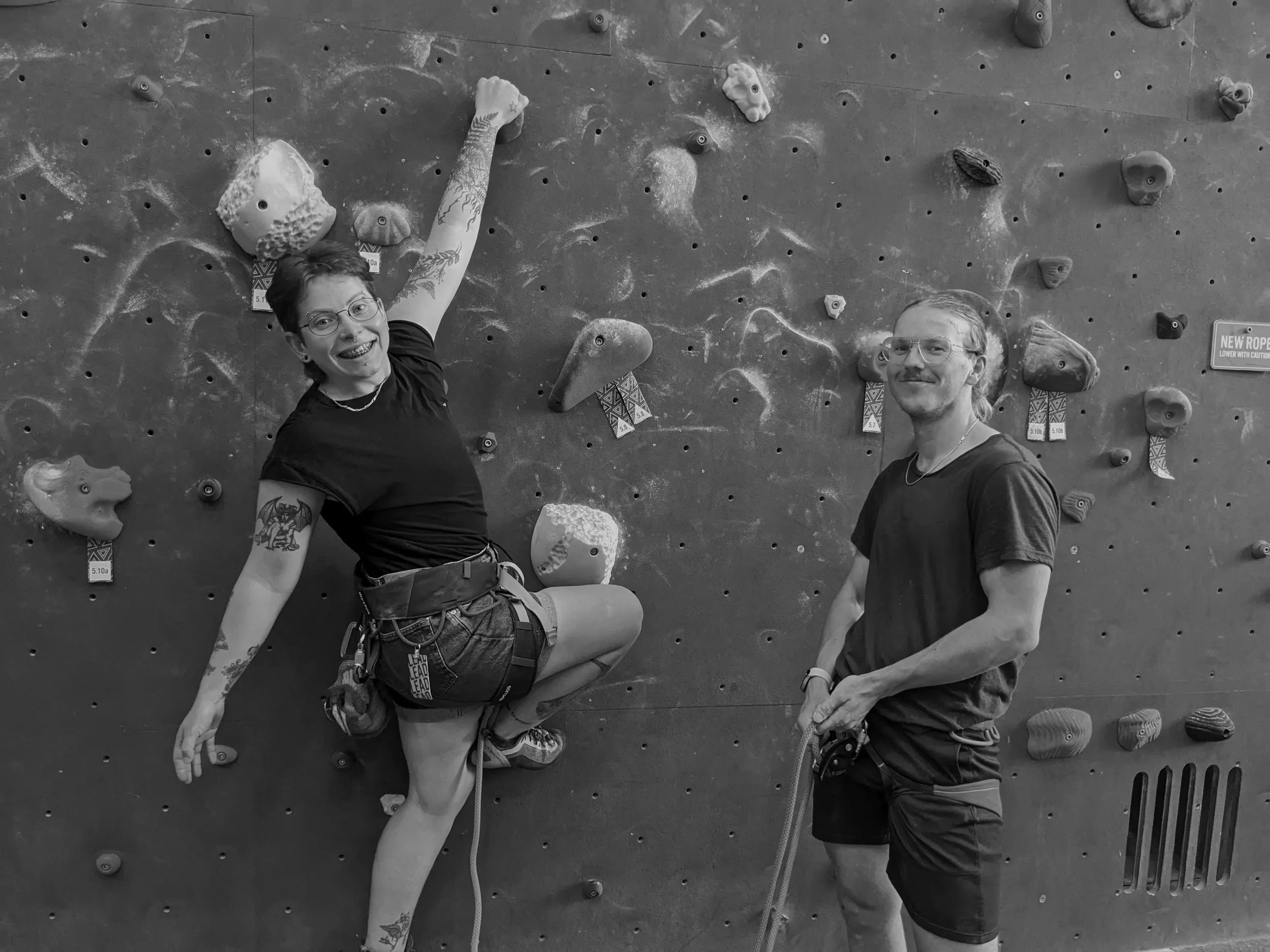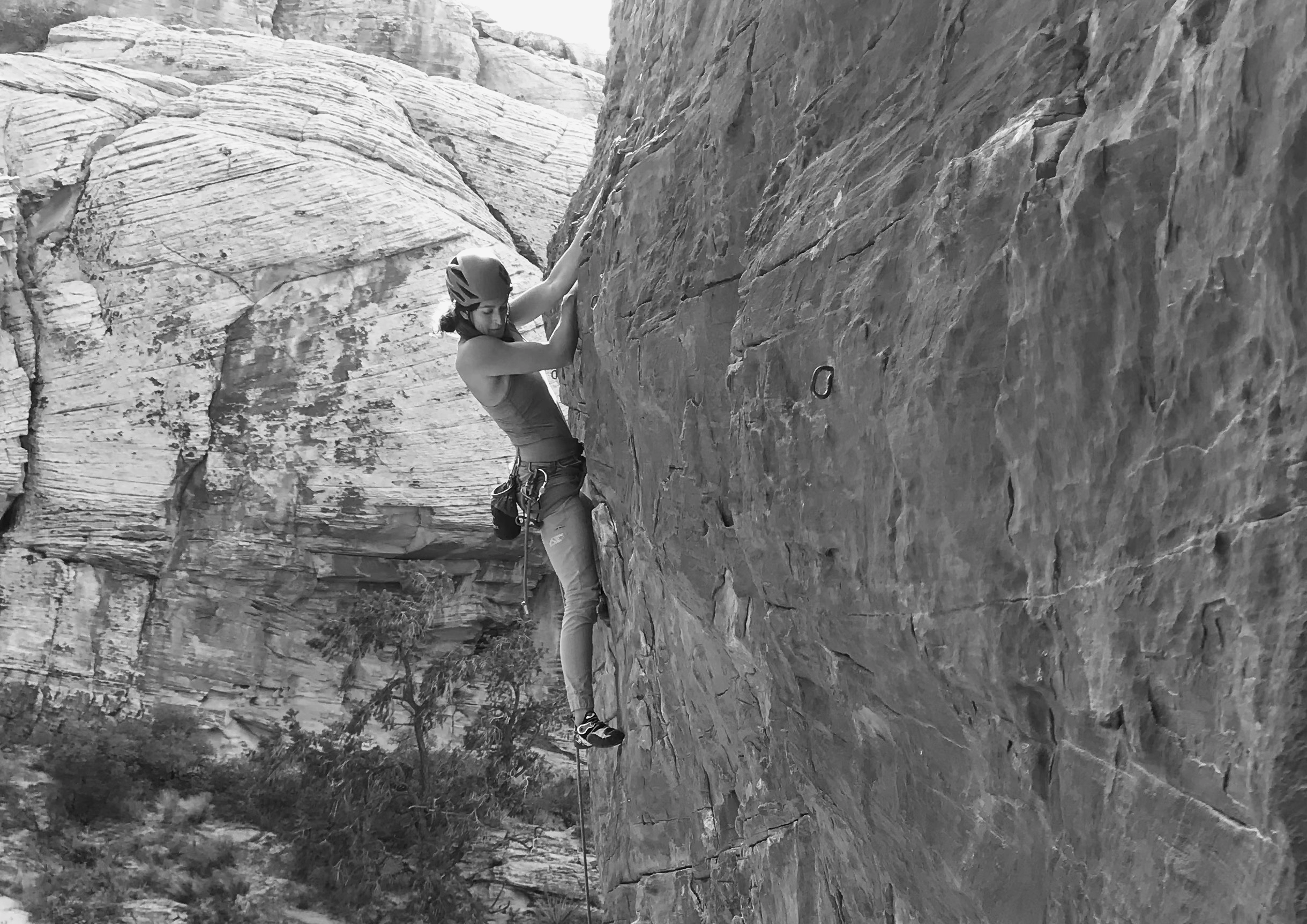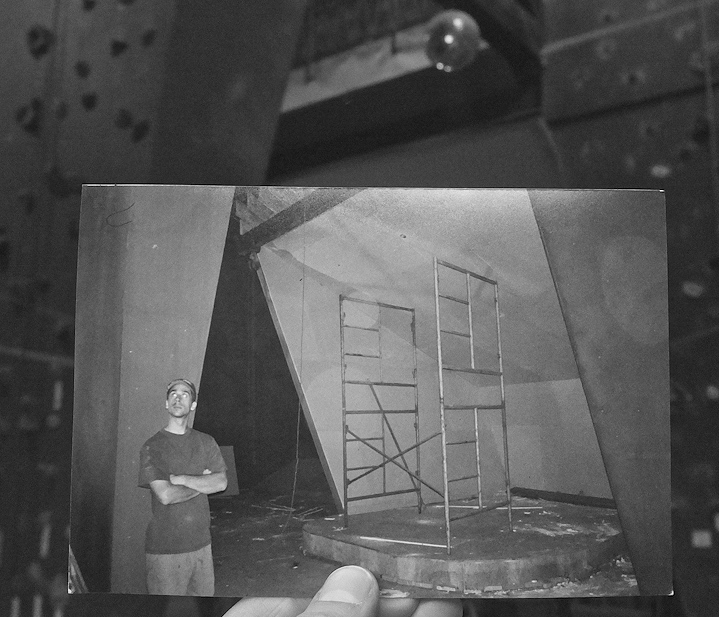Brad: So we have to make sure we refer to Chad as Emerson’s dad the entire time.
Chad: Emerson’s name will not be mentioned during this interview or I will get up and leave.
Interviewer: Too bad! One of my questions is about that.
C: Oh no. Nah, he’s not—I’m highly confident he’s not actually mine.
I: You’re just going to pretend you don’t have a kid this whole interview?
C: Yeah, no.
I: Alright—so have you ever thought about being a dad?
C: Oh, you know. I’ve thought about it, but realised that he would probably start climbing and everyone would give him all the attention and I would choose not to.
I: I see, I see. Okay, yeah, I’ll save that question for later, so get ready for that.
B: “So what’s it like being Emerson’s dad?” That’s a good question.
I: Actually every question is about Emerson, I lied.
C: That’s so weird. That’s so funny, because I feel hijacked here. I can’t believe this. I’m very upset. [leans into the microphone] Let the record reflect that I am very upset at this moment. And that Emerson is no longer climbing. I’m going to retire him.
I: Uh huh. That’s so sad. Worst sports dad ever. Okay, we can actually talk about you guys instead of talking about your son for a second: how did you two meet?
C: We actually met at the climbing gym.
B: Here!
I: Yeah, I noticed that both of your pictures are from the old climbing gym.
C: Oh really. Well, I started climbing at the John Street place.
B: We didn’t know each other at John Street, but we both climbed there.
I: Oh, that’s weird.
C: Never crossed paths. I lived in Nanaimo for a bit, probably when Chad was climbing at John Street.
I: He started climbing at the old gym before you, I checked the record.
C: Oh really?
B: I know, I taught him so much.
C: No that’s—that’s not true. He hasn’t actually taught me anything at all, if I’m being honest. But we’ve been climbing together for… at least six years?
B: I’ve been back maybe six or seven years. We met just after Emerson was born.
I: Seven years together?
C: Yeah. Seven years.
B: Was she asking if we had Emerson together?
C: No.
I: Who’s Emerson anyways?
C: Yeah, we don’t know who that is. But yeah, we’ve been climbing together for seven years and pretty consistently. To be quite honest, Brad is the person who I speak to the second most.
I: Who’s the first?
C: My wife. Actually, she doesn’t talk to me, so Brad might be the most.
B: I have a lot of people I talk to, so Chad’s way down on the list.
I: Top 20, or…?
B: Top 27.
I: Is he 27th?
B: 26th or 27th.
I: And it’s like an even race with him and your dentist?
B: No, probably third most. You could say we’re codependent.
I: I got that sense. You always come as a duo.
C: I think it’s the consistency. You very rarely meet people who are like, “Yeah, this is what we do. This is a routine.”
I: And commit to it.
C: Yeah. And people are so flaky.
I: I always say the two hardest things to schedule because of that is climbing and DnD. People say they’re interested and want to try it out and as soon as the date and the time gets mentioned for real, they back out.
C: I tried to set up a DnD group at work with these two guys, have a couple beers, relax, and then they got into a big fight about who the Dungeon Master was. They got into it and I went, “Well clearly this isn’t going to work.”
I: That’s a good sign that you shouldn’t join a group with them!
C: Yeah! I was just going to have a couple beers, I don’t know about you guys!
I: Yeah, do a funny voice or something! Have you ended up playing at all?
C: I used to, but then I tried to start up again and obviously that didn’t work.
B: He doesn’t even drink beer though, so it wouldn’t work out.
I: There’s non-alcoholic.
B: Tea.
C: Yeah, raspberry zinger. [leans into the microphone] I like raspberry zinger tea.
I: Very important that we got that one.
C: With honey.
I: How much?
C: Just one honey, please.
I: For sure. So, Brad, what’s your opinion on raspberry zinger tea? [laughs]
B: Actually, my wife has been making a lot of cold-brew tea with hibiscus and raspberry mint tea. It’s our theme of the summer right now.
I: Sounds fancy as hell.
B: She’s pregnant right now so we’re not really drinking.
C: Is that on the record?
B: Everyone knows. They’ll be Emerson’s future climbing partner.
I: Aw that’s so sweet. Wait, who's Emerson? Just kidding, this joke has been put in the ground by now.
B & C: [laugh]
I: How often do you climb together?
B: About three times a week.
C: During Covid it was five days a week.
I: I wasn’t here during the Covid lockdown.
C: You missed out. It was during that time we beat the pull-up record here.
B: [laughs]
C: Well, we’re in the millions.
I: At once?
B: No.
C: Cumulative total. Over the duration of Covid, we did at least 200 pull-ups a day. [leans in] So we were exceptionally fit. It was incredible. Many people still remember it to this day.
I: True, I hear it echo off the halls of Crag X.
B: We probably can actually cite our sources for that.
C: Laura. She said that we were fit.
I: I’ll ask her opinion on that one.
C: Only then. She said only then.
I: What about now? Is she like, “Don’t ask me.”
C: Yeah.
I: “Don’t look at me. This is embarrassing.”
C: She’s quite polite, but…
I: Fair enough. Why did you two start climbing in the first place? What do you like about it?
B: I started climbing because I saw it on the X Games, which I don’t know if anyone remembers the X Games.
I: I feel like I’ve heard of that, but I don’t know what it is.
C: What’s the X Games? That’s so weird…
B: Chad was there for its first episode.
C: I’ve never heard of that, I’m too young.
B: It came right after Golden Girls, do you remember that?
C: Dorothy…
B: X Games were like—you know the Red Bull games? Those crazy mountain biking events and stuff?
I: Oh yeah, for sure.
B: X Games is the original version of that.
C: The extreme Olympics. They had skateboarding and a bunch of things. It caught on for a good three or four years. But, I started climbing because my mom climbed. I went out to Skaha a couple times with her and then it was something I could do back here because we had a climbing gym. I did that in university, it was pretty cool.
I: Nice. I’ve always wanted to go to Skaha, it looks amazing.
C: It’s world class climbing. But it was also my mom and all her friends, so I was kind of going out with a bunch of older ladies.
B: If Chad doesn’t get attention he gets upset.
C: That’s right. My mom’s friends are actually pretty strong climbers, so… I go out there and it’s her 70-year-old friends doing 5.13s and I’m not.
I: Getting humbled by some old ladies.
C: It’s good.
I: Love to hear it.
C: Vaguely humiliating.
B: No, inspiring. That’s why you’re still climbing.
C: That’s what inspired me to be the person I am today.
I: A core memory.
B: My first outdoor climbing was at Horn Lake and that was terrifying.
I: Oo. Is that the really overhung one?
B: Yup. And everything is like… it starts at 5.11a or higher.
C: “Fuzzy Slippers” is your warm-up, then you go “Plastic Jesus” which is like 12a…
I: People keep talking about wanting to take me there. I think they just want to see me fail.
B: It’s amazing climbing, but it’s really hard.
C: Super overhung but really juggy, so it’s unique.
I: Do you have any other favourite outdoor spots?
B: Oh, Kalymnos.
I: Oh, you’ve been!
C: Yeah, we went out there.
I: Together?
C: Together. That was alright, it was okay.
B: I have a really good picture of us together on a scooter, actually.
I: You do? You wanna send that to me?
C: Don’t… We doubled on the scooter…
I: That’s so romantic.
B: Chad’s shirtless though, is that going to be a problem?
I: No, that’s better.
B: Can we censor that out?
I: His Sunday best.
C: I… I think it was a video…
B & I: [laugh]
B: We can take a screenshot.
I: Thank you so much for mentioning that.
C: Kalymnos was wild.
I: I’ve heard great things about it.
B: And Squamish is always good.
I: I’ve not done anything really fun in Squamish yet. Plus when I went it was raining and I was on friction slab.
B: Hard to do in the rain.
C: A little slippery.
I: And I wore stiff shoes because I didn’t know the difference at the time.
C: It’s funny that you mentioned the shoes because I actually have a special rubber shoe. David, who climbs here, is opening a special resoling store…
I: What’s it called?
C: He doesn’t have a name yet but it’s going to be on Johnston Street. It’s the most amazing rubber that I’ve ever used.
B: It might be called ‘Emerson’s Resoles’, but we’re not sure.
C: It’s actually Emerson’s first job.
I: How old is he?!
C: Seven.
I: Okay, yeah, that’s about working age.
C: [proffers shoes] Feel how sticky that is.
I: Oh woah.
C: I’ve never slipped in these shoes. Just wanted to mention that he’s opening a store. I think he’s getting the rubber from Italy. He went to Italy.
I: To look at rubber?
C: Yeah. It’s something to do.
I: I mean that’s a great excuse to go to Italy.
B: Okay, I sent the picture. It’s a really good picture.
C: Why do you have all these bad pictures of me?!
I: That’s not a bad picture, that’s the best picture.
B: That’s like our only picture together.
C: There are other ones!
I: Hell yeah. If you really don’t want me to use it, uh… that sucks.
C: It’s fine.
I: Do you have any favourite climbing memories other than Kalymnos?
C: Honestly, this sounds really weird, but I think Covid was my favourite time to climb, just for consistency. The whole world shut down and it was like, “What is everyone going to do?” and everyone was freaking out. We were able to come here and that kept our routine at a time when nobody had routine. It’s odd to say, but it was my favourite time to climb.
I: I can understand that… I was in university and everyone wasn’t sure how to do school, but I was like, “Okay, I get to do school from home.” I got the highest GPA of my university career, took six courses per semester, because I could just roll out of bed. I’m there, do my work, play video games for six hours, get three hours of sleep… It worked really well for me.
B: Ah to be young again.
C: Well, I am, so…
I: Not a day over…
C: 27.
B: Chad is turning 43 this year.
C: That’s incorrect.
I: Is that true?
B: October 20th.
I: You’re adding credibility to this story.
B: 1982.
I: How about you? What lie are you going to tell me?
B: I’m turning 39 this year.
C: He’s actually being honest which is ridiculous.
I: Again, more credibility.
C: He’s taught me so much with his older age.
B: Didn’t teach him not to lie though.
I: Can’t teach an old dog new tricks.
C: [laughs] But anyways, what was your best? It’s gotta be Covid. We were so fit. And when did you meet Katie?
B: I don’t want you to not be the favourite, but my favourite climbing experience was before in Vancouver because I lived in Squamish for three months.
C: Oh.
B: I had a whole life before you, Chad.
C: Clearly. That’s cool, that’s cool…
B: I climbed every day in Squamish for three months.
I: Every day? That’s wild.
B: Got super strong. I climbed 5.12c outside, sport.
I: Wow… okay! That’s crazy!
B: I haven’t gotten there since, but… those were the days.
I: You got there once, though. That’s impressive. My outdoor goal currently is 5.12a and I’ll be happy.
B: If you can get to 5.12a you can do 90% of the climbs out there and that’s all you really
need to do.
C: “Plastic Jesus”, you gotta try it out.
I: Is it crimpy?
B: No, it’s overhung and juggy.
I: Okay…
B: Skaha has lots of crimpy.
I: That’s what I like to hear. I’ve seen photos: vertical walls, tiny holds… ready to go. Plus the Okanagan is so nice, I used to live in Osoyoos.
C: Oh cool! I am from Naramata, that’s where I’m from.
I: Where are you from?
B: Nanaimo. [pause]
C: Which is… not as nice.
I: The lack of mustard on that delivery. We move on. So you guys are close friends, is that fair to say?
C: I guess… I thought we were, at least.
B: I’m Emerson’s god-father. I just made that up, but I probably should be.
C: I think you are.
I: You’d probably know, no?!
C: I think you are. If I die, he’s the executor of everything.
I: Okay, so pretty close friends. Brad, did you know that Chad has someone else on his emergency contact list?
C: Well I assumed we’d be climbing together! I can’t be your emergency contact when I’m probably the cause of the emergency!
B: It’s only a problem if I fall on you.
C: Which is highly possible because I am significantly lighter.
B: One of my favourite memories is when I went to Italy on my honeymoon and I’d send Chad boxes of donuts so he wouldn’t get too fit when I was away.
I: That’s like in Mean Girls, oh my god.
B: I’d have Uber Eats deliver them to his house.
I: Did he say it was out of kindness?
C: It was not out of kindness…
I: Did it work?
B: He loved them.
C: I gained like, ten pounds.
I: How long did this go on?
B: Two weeks.
I: How many donuts did you send?!
B: I think I sent at least thirty donuts.
C: Thirty-six. My family got donutted out… and then I’m pathologically cheap, so I refuse to throw anything out. There were times where I was downing four donuts at a time. And they were from Empire Donuts, so they were huge. They’re giant.
B: It was pretty expensive, Chad.
I: Really showed your affection.
C: I was happy for his happiness, but I was also talking about how unfit he’d get.
I: That really bit you in the ass.
B: Brad’s very quiet, very kind… and then I got those donuts and I think I gained more weight than he did on his honeymoon.
I: That’s diabolical.
B: I didn’t want him to forget about me.
I: Okay, I have one last specific question: I’ve heard all kinds of slander about how much better your son is at climbing. Can you speak to this? We’re bringing it back to Emerson.
B: I can completely verify that it is absolutely true.
C: You know what’s kind of crazy? I’ve been thinking about this. I’ve been thinking about what culture is and what it means and how you have these kind of groups and societies, and I look at this climbing environment and realise: this is my social sphere. I have work, I have home, and I have the climbing gym. Brad literally is the only person I speak to outside of those spaces. There’s no time for anything else. This is a place where we can have the time to do something. I’ve watched Brad grow up—
B: [laughs]
C: —get engaged, married, and now he’s having a little one. He has watched me with a little boy. Emerson started climbing at three. He’s done, I think—
B: —5.11a.
C: 11b, I think.
I: At seven?!
C: I think he did his first 11b at five, I think.
I: See, this is why I could never have kids.
C: Right? But, there are so many people who are part of that community and have watched Emerson start climbing and everyone has been a part of this community and group. It’s been wild to see that. Now, there’s this evolution. Brad is going to have a little one. That little one is probably going to get stuck coming to the climbing gym. Before, it was about how much stronger you can get and wanting to do higher grades. Now, I’m at the point where I’m just glad I showed up. I am just glad I was able to get here to do this. It’s about more than the accomplishment, it’s about the actual activity itself.
B: He’s just trying to hedge his bets because Emerson will be out-climbing us in one or two years, probably.
C: It’s highly possible.
I: He probably already is, he’s just holding back so he doesn’t humble you two too early.
C: It’s possible. It’s crazy having a kid who’s… I mean, alright at climbing. It’s remarkable. How much everybody else has gravitated towards him, and certain people setting certain routes for him because he was too short… It’s been pretty cool. The former manager does yearly photos for us! It’s kind of crazy how much the gym actually means to me. Now, to Brad.
I: Follow that up.
C: Anything insightful? Nothing at all, but that’s okay.
B: I agree with Emerson’s dad.
I: [laugh] Anyways, I was thinking about that when you were describing it changing from personal accomplishment to the community. I feel like as I grow up my ego deflates and I lose interest in it and now all I think about is community. Now I work here, which means I climb here, my friends are here, which means I’m kind of in my second home all the time. It all melds into one, but it’s all interconnected and satisfying.
C: I was the younger person at the gym once upon a time—a couple years ago, I still kind of am—but it’s crazy. The younger kids who work here… sometimes they’re talking and getting life advice, and I wonder, “When the hell did I become that guy?” Then you watch them grow up and get different jobs… It’s cool, I’m really proud of everybody who has been able to grow their lives and keep a connection to this place.
I: It’s ironically grounding.
C: It totally is… “Ironically grounding”… That was good.
I: You get it.
B: I got it faster than him.
I: You didn’t even say anything, so humble.
C: He’s not humble. He’s never humble, he has never been humble. Let the record reflect that Chad is the most humble and the most honest, thank you.
I: Well, do you wanna say anything else?
B: I’m usually the listener of the group.
I: Yeah, I noticed. You’re good at it!
B: That’s why Chad likes me.
C: Yeah. We had been climbing for two years, three years, and I had often noticed while he’s climbing and I’m talking to him—after about two years, he came down from a climb and was like, “Hey, by the way, I can’t hear a word you’re saying after I’m about three moves up.” I’d been having heart-to-heart conversations with him, assuming you can hear me, but he said “No, I haven’t been listening at all.”
I: Well, you know, sometimes people just need an outlet.
C: He’s a fantastic listener.
I: I mean, if he’s not listening, does that count?
C: Because he’s not listening at all. With quiet people, you never know. I’ve been carrying this friendship for so many years because he doesn’t talk.
B: Somehow I’m still the funny one, though.
I: Your dynamic is so entertaining.
C: You’ve got nothing else.
B: I’m just so glad I get to climb with Emerson and hang out with Emerson.
I: Okay this bullying has gone on long enough.
B: Thanks for your time.
C: Thanks so much for your time today.
I: Thank you guys!

